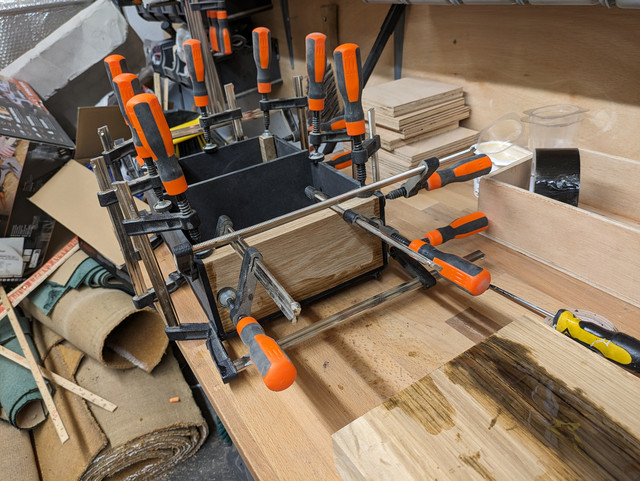I like this thread as I like all the in depth threads about building speakers that allow me to vicariously satisfy my desire to build a great set of speakers which I lack the skill, equipment, space and time to do so.
However it seems there is a great deal of procrastination going on when it comes to the building of the blasted cabinets
(he says sitting here procrastinating about doing work on his work from home day).
However it seems there is a great deal of procrastination going on when it comes to the building of the blasted cabinets
(he says sitting here procrastinating about doing work on his work from home day).














